The Samsung Galaxy Note 20 Ultra And Note 20 Are More Than Just The S Pen
With each passing year Samsung's flagship smartphones converge, and you'd be forgiven for asking what in 2020 truly differentiates the Galaxy Note 20 and Galaxy Note 20 Ultra from the Galaxy S20 Series. Newest iteration of the company's best-selling stylus toting smartphones, the two new Note models promise to be the most powerful, most flexible, and most productive yet, with fresh S Pen features and a periscope zoom.
If some of the feature list gives you deja-vu, don't be too surprised. Samsung has always cherry-picked the best of its S-Series flagships for the Note line, and the Galaxy Note 20 is closer than most of its predecessors when it comes to aping its more consumer-focused siblings.
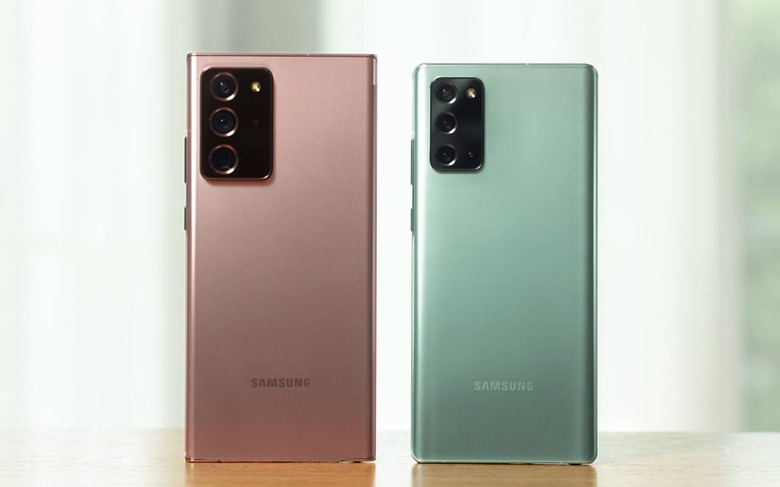
The difference, Samsung insists, comes down to user-expectations and priorities: the Note, it argues, remains the smartphone of choice for those with Getting Stuff Done on their agenda. As for the two variants in the range this time around, the Note 20 Ultra is for the "loyalist" while the more affordable Note 20 offers a more accessible version. That's not to say it's too diluted, mind.
For the Note 20 Ultra that means a 6.9-inch Quad HD+ Dynamic AMOLED Infinity-O display, running at 2088 x 1440 resolution. There's a 120Hz refresh rate – which can automatically vary depending on what's on-screen – HDR10+ certification, and a 10-megapixel selfie camera poking through the hole. The Note 20, meanwhile, gets a 6.7-inch FHD+ Infinity-O display running at 2400 x 1080; it's still HDR10+ certified and has the 10-megapixel camera, but misses out on the 120Hz refresh.
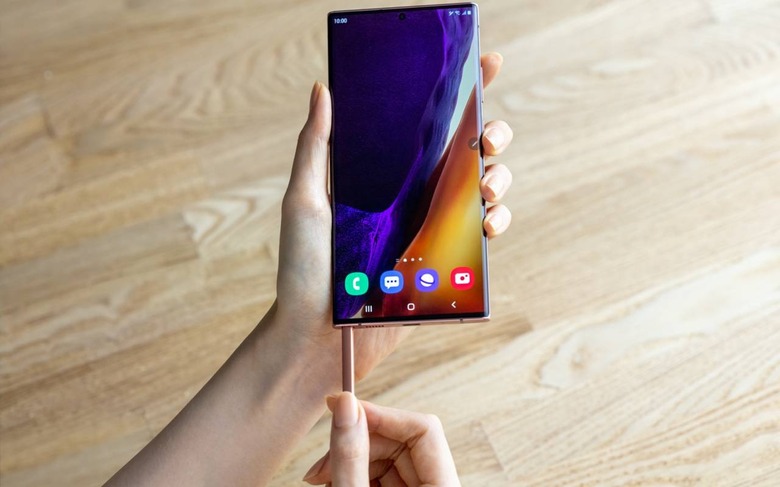
Both work with Samsung's tweaked S Pen, with the Bluetooth stylus offering 4,096 pressure sensitivity levels, up to 24 hours of battery, IP68 water resistance, and a neat cut in latency. Inside both phones there's Qualcomm's Snapdragon 865+ chipset – at least in the US; other markets may get a Samsung Exynos instead – with either 12GB of LPDDR5 RAM in the Galaxy Note 20 Ultra or 8GB in the Galaxy Note 20. Both come with 128GB of storage as standard; only the Note 20 Ultra has a microSD slot and offers a 512GB version.
Regardless of size, you get 5G (Sub-6/mmWave) and LTE Cat.20 (4x4 MIMO), along with WiFi 6 (802.11ax) and Bluetooth 5.0. There's a USB Type-C port with DisplayPort 4K/60fps output, NFC, GPS, and both NFC and MST for Samsung Pay. An ultrasonic fingerprint sensor lurks behind the display, and the whole thing is IP68 rated and has AKG stereo speakers with Dolby Atmos support.
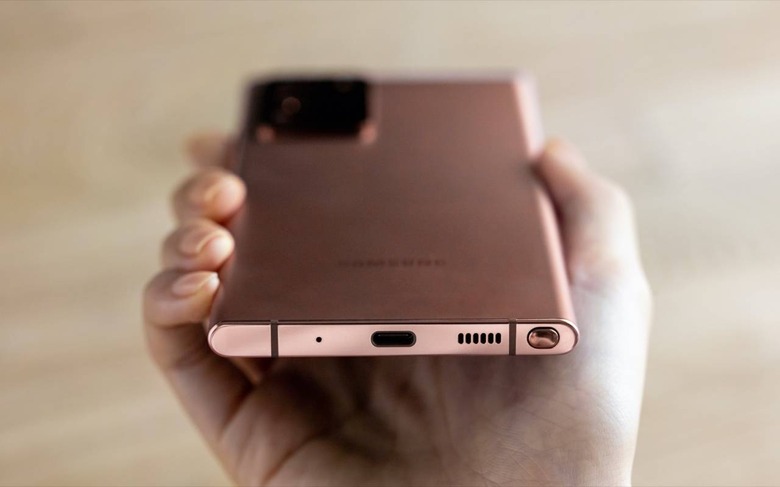
For battery, the Galaxy Note 20 Ultra gets a 4,500 mAh battery, and the Note 20 a slightly smaller 4,300 mAh battery. Both support wired and wireless fast-charging, the latter using Qi. Samsung says a 50-percent charge takes about 30 minutes. There's also reverse wireless charging using Samsung PowerShare, for accessories like the new Galaxy Buds Live
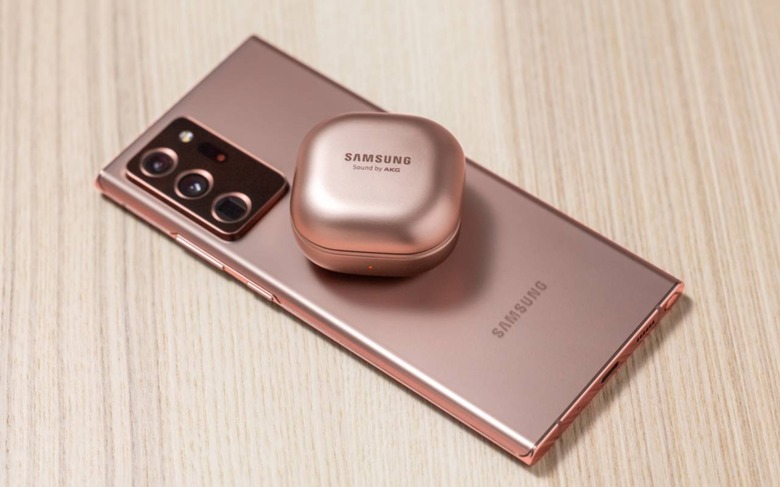
Cameras are where things get particularly familiar. The Galaxy Note 20 is similar to the Galaxy S20, with a 12-megapixel ultra-wide camera (120-degrees and f/2.2), a 12-megapixel wide-angle with Super Speed Dual Pixel AF and OIS (79-degrees and f/1.8), and a 64-megapixel telephoto (76-degrees and f/2.0). There's a 3x Hybrid Optical "Space Zoom," which Samsung says is lossless, and up to 30x "Super Resolution" zoom, which is not.
The Galaxy Note 20 Ultra, meanwhile, overlaps most with the Galaxy S20 Ultra. That means a 12-megapixel ultra-wide camera (120-degrees and f/2.2), a 108-megapixel wide-angle with PDAF and OIS (79-degrees and f/1.8), and a 12-megapixel telephoto (20-degrees and f/3.0) using a periscope lens. There's 5x optical zoom and up to 50x Super Resolution lossless zoom, along with Laser AF.
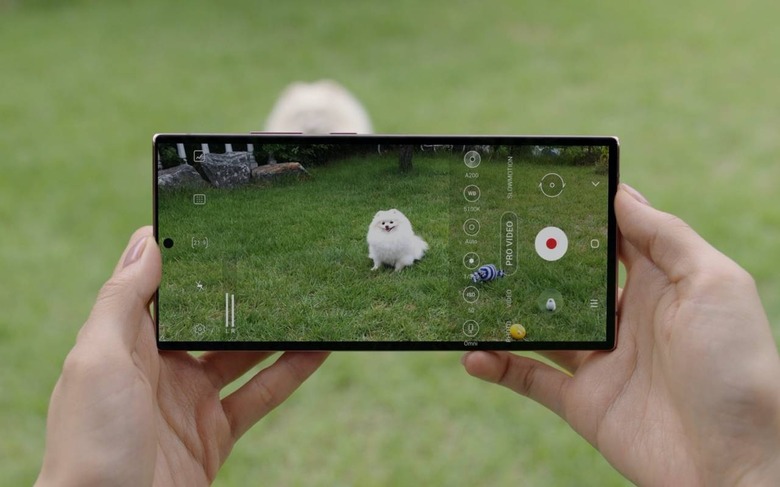
Both phones can record 8K video at 24fps in 21:9 aspect, or Full HD at 120fps. There's also a new Pro Video Mode, which has options like adjustable zoom speed, control over exposure and brightness, and multi-source microphone control that can handle multiple audio sources and peripheral microphones. If you have a pair of Samsung's new Galaxy Buds Live, you can link them to the Note 20 and use them to help cut out background noise.
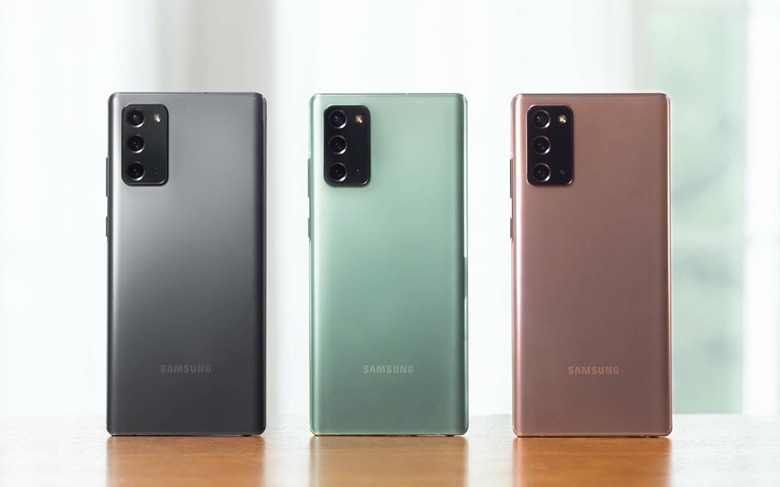
It's all wrapped up in a more refined, angular design, which would be on the sober side were it not for Samsung's array of color options. You can have the Note 20 in Mystic Gray, Mystic Green, or Mystic Bronze, all with a hazy, textured finish that the company says will help cut down on fingerprints and smudges. The Note 20 Ultra will come in Mystic Bronze, Mystic Black, and Mystic White, though the 512GB version will only be offered in the black finish.
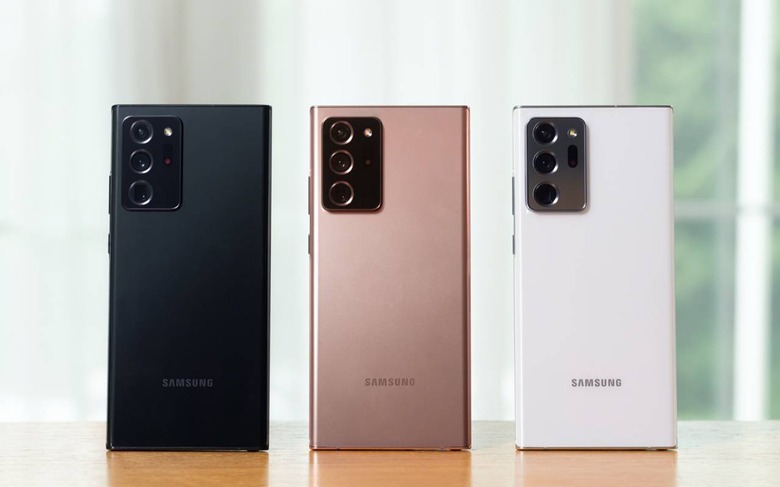
As ever, there are numerous little nudges to opt for the larger, more expensive phone. The Galaxy Note 20 Ultra, for example, supports Ultra Wideband (UWB) with directional and spatial awareness. Samsung will use it for point-to-share between compatible devices – think Android Nearby Share, but prioritizing the recipient device simply by pointing your Note at it – and as a digital key.
When it comes to software, though, they're on the same page. Samsung keeps polishing and refining its productivity features, with a single Samsung Notes app that pulls together jotted notes, audio recordings – with tap-to-playback support – and more PC-like file management. Its AI promises to learn your handwriting to improve transcription, and there are better PDF import and annotation tools along with auto-straightening for scanned documents. New S Pen Anywhere actions add to the ways you can remotely control the Note 20 by waving the stylus like a magic wand.
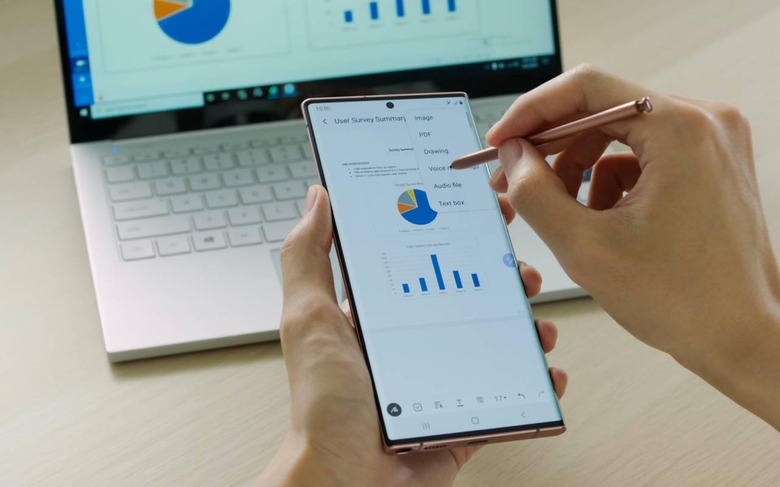
Samsung's partnership with Microsoft, meanwhile, will see Samsung Notes sync with Outlook and OneNote, while Note 20 reminders will sync with Outlook, To Do, and Teams. Later in the year Microsoft's Your Phone all with Link to Windows integration will be added, allowing up to six Note apps to be run on a linked PC simultaneously, as side-by-side windows. You'll even be able to pin shortcuts for mobile apps running on the phone to the Windows Start menu and Taskbar on the PC.
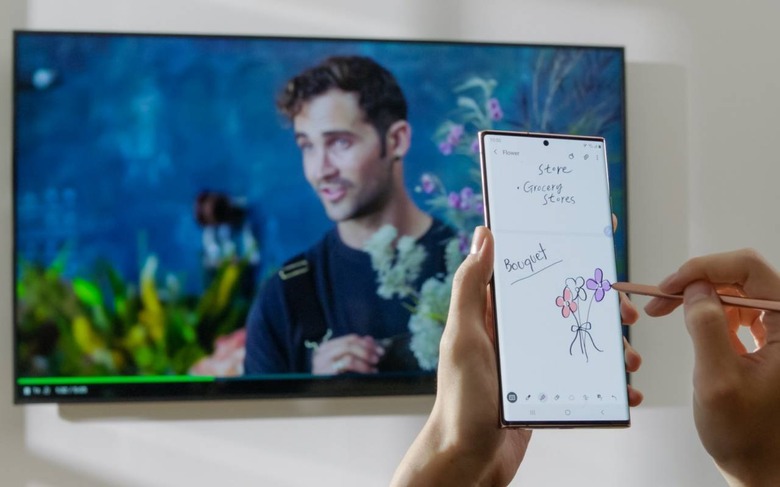
Samsung DeX evolves even further beyond the old dock or dongle. Now, if you've got a Miracast Smart TV, you'll be able to link your Note 20 wirelessly instead. There's support for showing different apps on the phone's screen and the TV screen simultaneously, too.
As of September 15, Xbox Game Pass Ultimate will allow for Xbox gaming from the cloud. There'll be over 100 titles at launch, and support for Bluetooth gaming controllers if the 240Hz touch response on the Note 20 Ultra isn't intuitive enough for you.
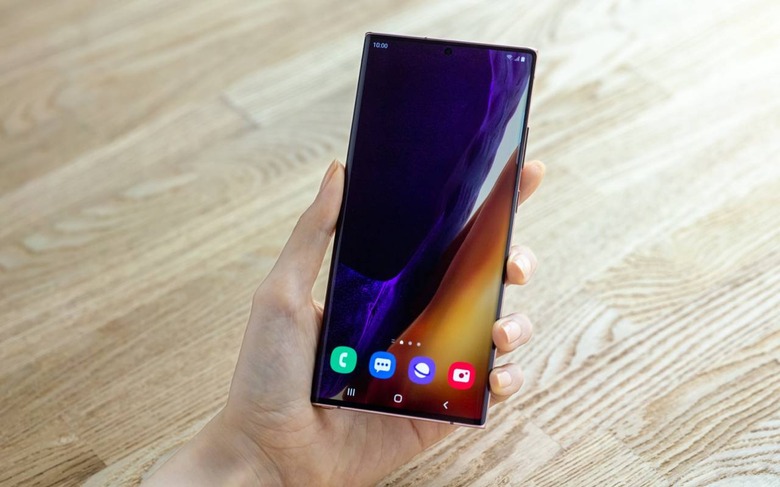
What hasn't changed in 2020 is the premium pricing. As you might expect, both the Note 20 variants aren't exactly cheap: figure on the Galaxy Note 20 starting at $999.99, while the Galaxy Note 20 Ultra starts at $1,299.99. Preorders open on August 6, and both phones are expected to ship – both from Samsung direct and from US carriers – come August 21.
